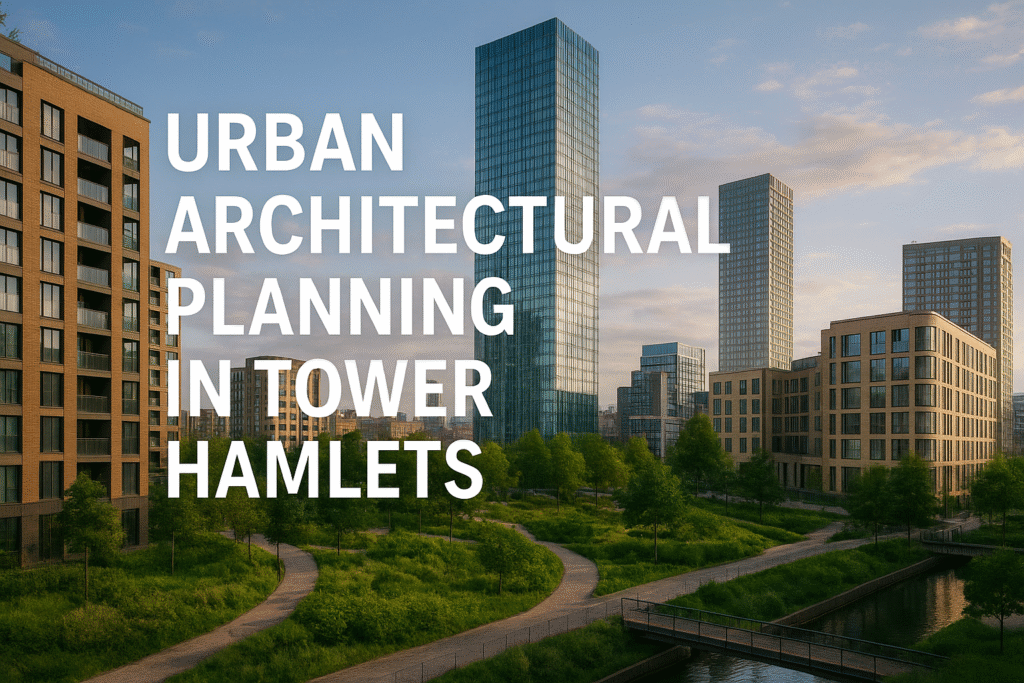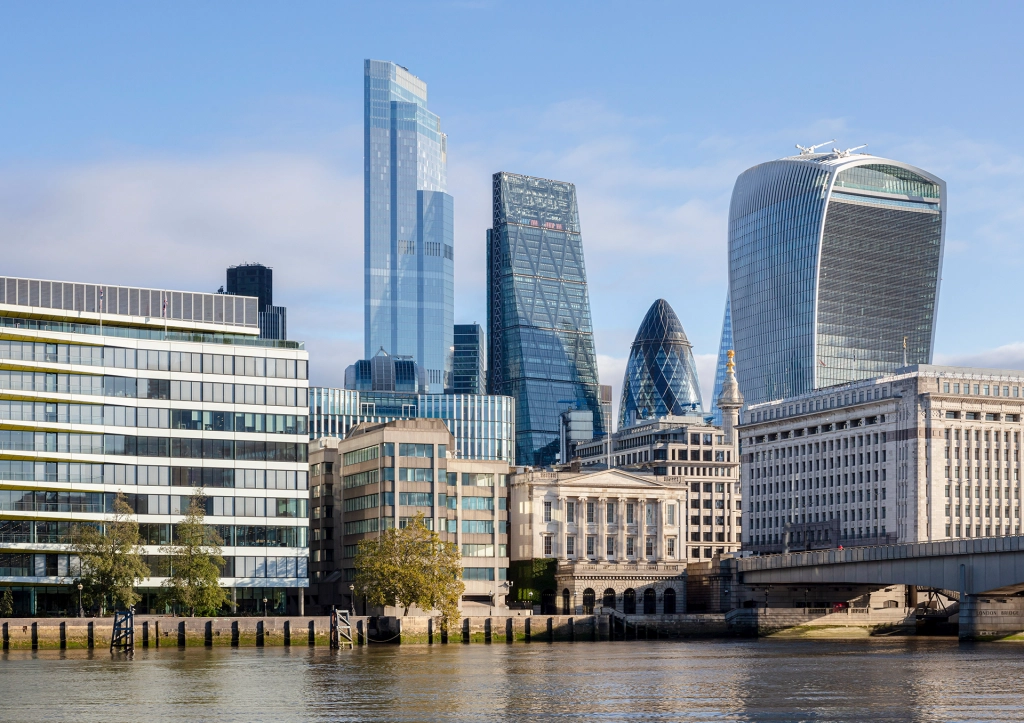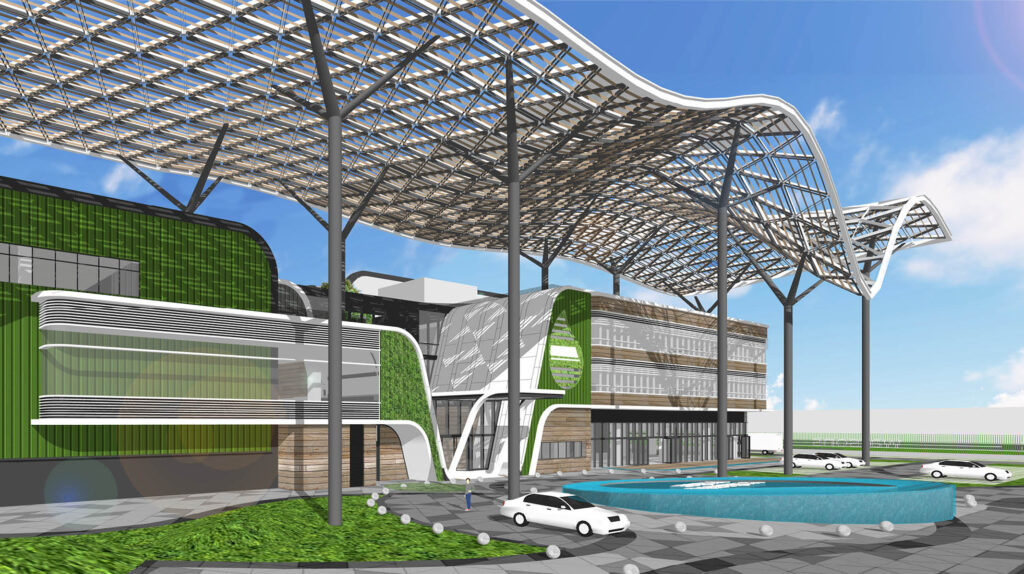Urban architectural planning in Tower Hamlets has become a defining factor in shaping the future of East London. Known for its vibrant history, cultural diversity, and economic growth, Tower Hamlets is undergoing continuous transformation. The borough faces unique challenges, including rapid population growth, housing demands, and environmental sustainability. Through strategic planning, Tower Hamlets is becoming a model of modern urban development that balances innovation, heritage, and community needs.
Historical and Cultural Context
Tower Hamlets is home to some of London’s most iconic landmarks, including the Tower of London, Canary Wharf, and Brick Lane. The borough’s urban planning must carefully integrate its historic heritage with modern infrastructure. Protecting listed buildings while accommodating high-rise developments presents an ongoing challenge. Urban architectural planning here is not only about constructing buildings but also about preserving the cultural identity of the community.
Housing and Residential Development
One of the biggest priorities in Tower Hamlets is addressing the growing demand for affordable housing. With a diverse population, urban planners are working to create mixed-use developments that combine residential, commercial, and public spaces. High-density housing projects are designed to maximize land use efficiency while ensuring quality living standards.
Affordable housing policies are at the core of planning strategies, ensuring that local communities are not displaced by gentrification. Developments in areas like Poplar and Bethnal Green reflect how modern design can coexist with community-focused housing initiatives.
Green Spaces and Sustainability
Sustainability lies at the heart of urban architectural planning in Tower Hamlets. Initiatives to expand green spaces, improve air quality, and enhance walkability are transforming the borough into a healthier and more liveable area. Parks, urban gardens, and waterfront developments along the River Thames encourage community interaction while supporting biodiversity.
Architectural planning also emphasizes sustainable construction techniques, renewable energy adoption, and eco-friendly building materials. This approach ensures that future developments align with London’s climate action goals.
Economic Growth and Infrastructure
As the location of Canary Wharf, one of the world’s leading financial districts, Tower Hamlets plays a crucial role in London’s economy. Urban planning must strike a balance between supporting large-scale business infrastructure and nurturing small, independent enterprises. Improved transport links such as the Elizabeth Line have strengthened connectivity, making the borough even more attractive for investment.
Planners focus on smart infrastructure that integrates technology into urban living—such as energy-efficient transport systems, digital connectivity, and innovative office spaces that cater to hybrid working trends.
Community-Centered Planning
A significant aspect of urban architectural planning in Tower Hamlets is community engagement. Local authorities encourage residents to participate in decision-making processes, ensuring that development projects reflect the needs of the people who live there.
Projects often prioritise accessibility, public safety, and cultural inclusivity. By involving communities in the planning process, Tower Hamlets maintains its reputation as a borough where diversity is celebrated through design.
Conclusion
Urban architectural planning in Tower Hamlets demonstrates how modern cities can grow while preserving cultural heritage and promoting sustainability. From affordable housing and green initiatives to world-class infrastructure, the borough sets an example of balanced urban development. As Tower Hamlets continues to evolve, its planning strategies will remain vital in creating a thriving, inclusive, and future-ready community.


